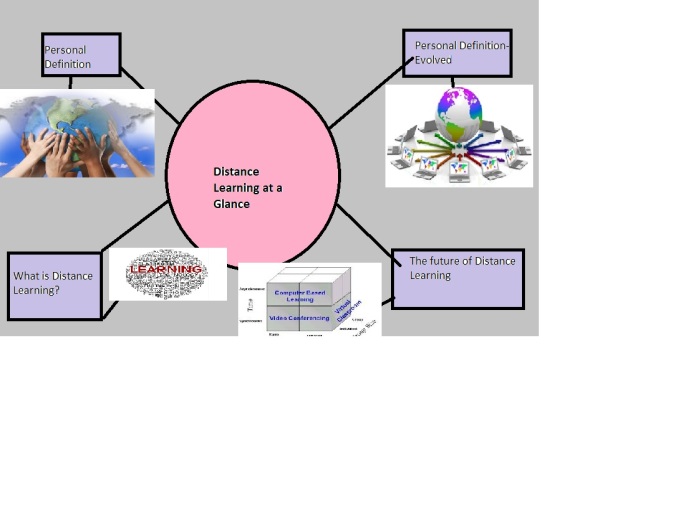Selecting Distance Learning Technologies
Example 1: Collaborative Training Environment
In example 1, the Instructional designer is met with the task of providing training for employees that are not in the same time zone and/or location. The designer must also make sure the training is engaging for employees, allowing for collaboration and the sharing of knowledge, ideas, and documents essential for a transfer of knowledge to take place. The use of technology in the scenario given is necessary to ensure training on the automated staff information system is properly delivered and effective for the course participants.
Given the stipulations the instructional designer is provided with I would employ the use of video and course management system that permits for the sharing of images and the use of discussion boards in course work. Videos used in the distance learning environment can be cost effective and reach a multitude of audiences. While, discussion boards on course management systems allow for the sharing of documents and ideas on a particular topic and moderation by the instructor.
The use of video in the distance learning environment has a multitude of benefits for the instructor and the learner. The instructor has the ability to share information to students in different locations and times to students without being readily available to each student. Video can be used to deliver tutorials or provide in depth or general information. The student benefits from video by being able to access the information provided by the instructor at any time, which is also a benefit in the distance learning environment. The scenario provided would benefit from videos that explain objectives and concepts of task performed by the information system this would create a learning connection for the employees in the training course. Additionally, the learners would benefit from the ability to rewind, stop and start the videos to ensure comprehension of the course material.
Course Management Systems (CMS) are used to engage learners in course work by creating assessment, sharing documents and/ or discussion boards, and other options. The CMS used can determine the abilities you have to deliver information to the students and engage the students. In the workplace environment, I would encourage using SharePoint as a CMS where you can link and post videos, discussion boards, assessments and documents. SharePoint has minimal cost and can be accessed by using a drives on the computer for later use by employees, instructional designers and trainers. In the scenario of example 1, discussion boards presented after every objective with problem –based questions give the learner opportunity to collaborate and share information they have learned in the module. The collaboration amongst students in the discussion board environment encourages a sharing of ideas and solutions to proposed questions. Furthermore, the use of case studies in the given scenario can afford the opportunity for learners to engage in the information systems to explore the capabilities of the system and the responses one may receive. The instructional designer should create case studies that one may actually encounter which would require the learner to employ steps learned in the course video, as result submitting a screen shot of the final screen received after following these steps. These steps would also serve as an alternative form of assessment gauging the understanding of the learners in the course.
Distance Learning is somewhat new concept to companies in the corporate environment. It can be problematic creating and delivering training in an engaging manner to employees in different settings, however it is not impossible. The use of technology and effective instructional design concepts can engage the learner and effectively deliver training to best suit the learner in any distance learning environment.
